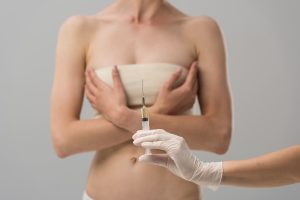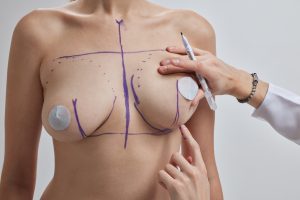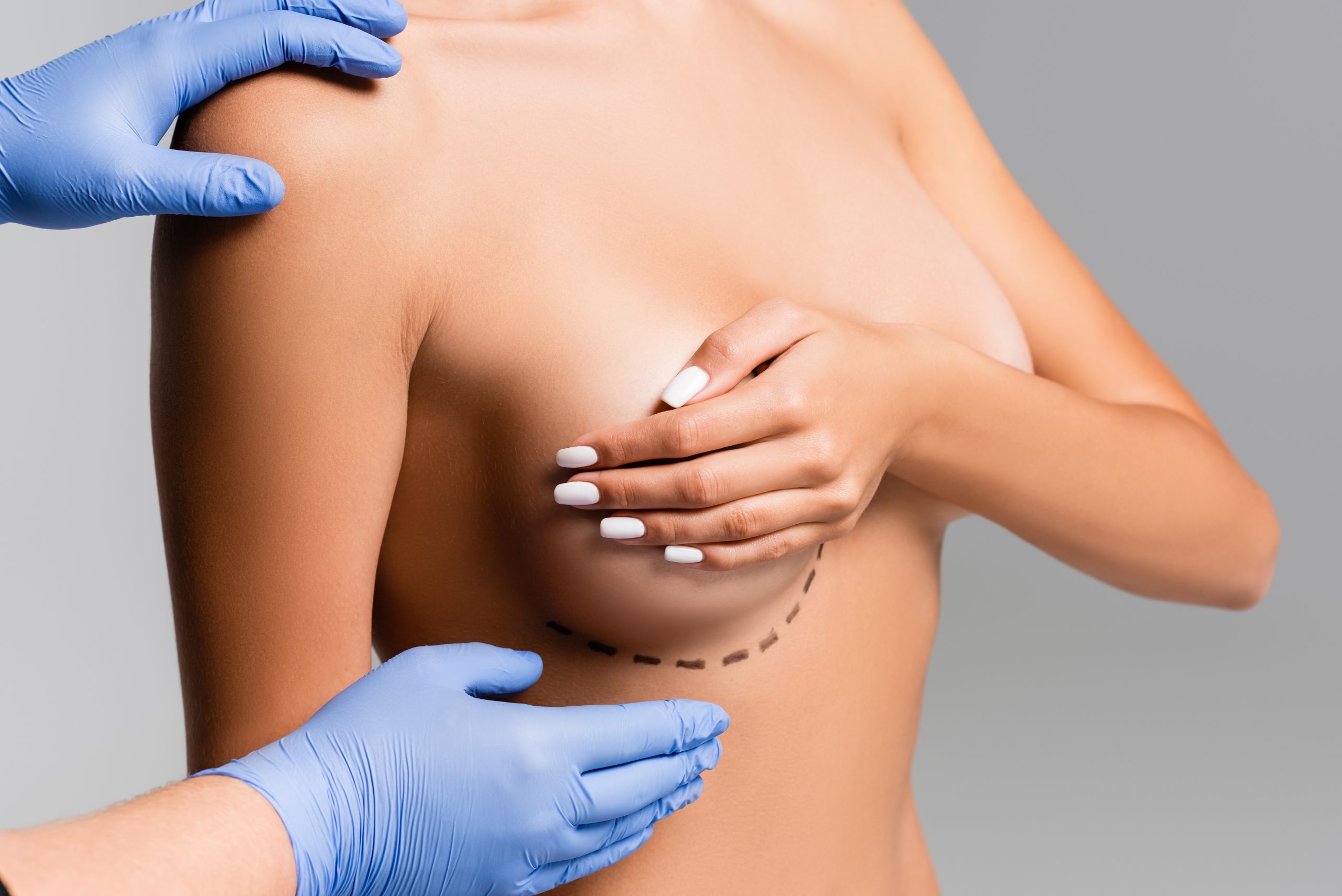If you’ve been considering breast augmentation, you’ve likely heard of autologous breast augmentation or breast fat grafting. This procedure, popular among those seeking a more natural approach, uses your own fat to enhance your breast size and shape. But what does it involve, and why is it emerging as a preferred option? Today, we will dive into the process of breast fat grafting — a procedure that employs fat grafting techniques to achieve your desired results. From the pros and cons to the intricacies of fat graft retention and fat transplantation planes, you’ll discover how this procedure might just be the perfect fit for you. Let’s get started on this transformative journey.

The Role of Breast Fat Grafting in Breast Augmentation
As we explore breast fat grafting, the employment of a patient’s own fatty tissue can play a central role. When considering fat grafting, factors such as the retropectoral placement of the fat graft and the number of grafts needed are crucial to the procedure’s success.
Employing fat grafting as part of the augmentation process allows for a more natural and safer alternative to synthetic implants. As this fat is derived from the patient’s own body, rejection issues are significantly reduced.

The percentage of fat that will successfully integrate within the breast tissue post-augmentation can vary, impacting the overall result. While autologous fat can provide excellent results, it’s important to consider the patient’s individual characteristics when choosing the most suitable method. This method, while effective, does require a sufficient amount of donor fat from the patient, which may not always be available.
The Surgical Procedure: Breast Fat Grafting
Let’s get right into breast fat grafting; the initial step of this process involves the extraction of the patient’s fat, typically from areas like the abdomen, thighs, or hips. This is then put through a purification process, ensuring only the highest quality fat cells are retained for the augmentation.
The purified fat is strategically injected into different areas and depths of the breasts. This is performed using a careful layering technique to create a uniformly enhanced and natural-looking breast shape. Special attention is paid to the retropectoral fat graft placement, which can greatly influence the overall result.

The entire procedure is performed under anesthesia, with most patients experiencing minimal discomfort post-operation. The process also boasts a high-fat graft retention rate, which means a significant part of the transferred fat survives and contributes to breast enhancement.
It’s worth noting that while autologous fat transfer is a viable alternative to breast implants, its success largely depends on the skill of the surgeon and the patient’s individual circumstances. A thorough consultation with a trusted medical professional is a must.
From Fat Transfer to Augmentation: The Process
Transitioning from the process of fat transfer to the final stages of augmentation, the procedure integrates the science of fat grafting with the artistry of breast enhancement. By employing breast fat grafting, surgeons reallocate fat from other regions of the body to the breasts, lending a more natural look and feel compared to traditional breast implants.
Retropectoral fat grafting is a notable technique employed in this process. The strategy involves the strategic placement of fat in different fat transplantation planes, which contributes to the overall shape and volume of the breasts.
Patients need to note that fat graft retention varies depending on factors such as the extraction and reinjection techniques used. Despite the variable retention rates, fat grafts often lead to satisfactory results in breast augmentation.

Pros and Cons of Breast Fat Grafting
Looking at the advantages and disadvantages of breast grafting gives us a better look at the picture. On the positive side, the procedure utilizes patients’ own fat, reducing the risk of allergic reactions compared to artificial breast implants. Another advantage is the dual benefit of body contouring – fat is removed from undesired areas and used for breast augmentation.
Yet, a few downsides exist. Fat graft survival can be unpredictable and may require multiple procedures for desired results. Patients also need adequate fat deposits for extraction, which might not be the case for everyone.
While breast grafting presents a more natural alternative to implants, it’s critical for patients to weigh the pros and cons with their healthcare provider before opting for this procedure. Remember, each patient is unique and what works for one might not work for another. The final decision should always prioritize the patient’s health and well-being.
Making the Decision: Breast Fat Grafting vs. Implants

Choosing between breast fat grafting and implants involves careful consideration. Both methods come with their own set of benefits and challenges.
Opting for autologous fat grafting means working with material from the patient’s own body, reducing the risk of rejection or allergic response. Nevertheless, the success of the fat graft depends heavily on the fat graft retention rate, which can vary. This procedure may also necessitate multiple sessions for optimal results, and not all patients have enough fat reserves for the procedure.
Alternatively, breast implants provide a more predictable outcome in terms of size and shape. However, they may not offer the same natural look and feel as the breast fat grafting procedure.
Ethical Considerations in Breast Fat Grafting
When considering the ethical aspects of breast fat grafting, patient safety, and informed consent take precedence as it still carries risks that must be thoroughly discussed with patients.

In addition, the variable retention rates of the fat graft pose an ethical question. The possibility of unpredictable results, such as asymmetry or the need for further procedures, is a reality that must be transparently communicated.
Moreover, ethical practice demands that surgeons remain updated on the latest research and advancements in grafting techniques. This commitment ensures they can offer patients the most effective and safest options available.
Lastly, managing patient expectations is crucial. The desired outcome may not always align with what is medically feasible or safe, emphasizing the need for open and honest discussions. It’s also essential to respect a patient’s decision, whether they opt for grafting transfer or implants.

Conclusion
In the realm of cosmetic surgery, breast fat grafting presents a compelling choice. The science behind breast fat grafting is both fascinating and complex, involving careful extraction, processing, and re-injection of fat cells.
Interested in Breast Augmentation Without the Impants? Contact Us!
Transform Your Confidence with Autologous Breast Augmentation at Wonjin Clinic!
Are you ready to embrace a more confident you? At Wonjin Clinic, we specialize in the autologous breast augmentation procedure, designed to enhance your natural beauty and boost your self-esteem. With our team of experienced surgeons and state-of-the-art technology, we ensure safe, personalized, and stunning results that you’ll love.
Don’t wait to achieve the look you’ve always desired. Schedule your consultation today and take the first step towards a more empowered and radiant you! Contact Wonjin Clinic now and discover the new you!





